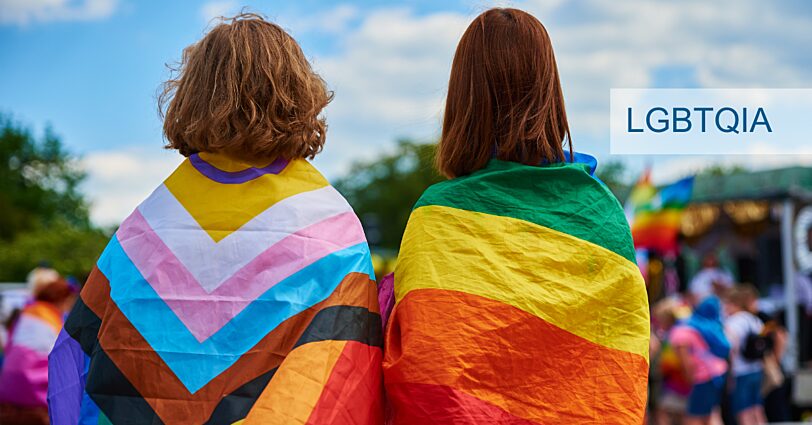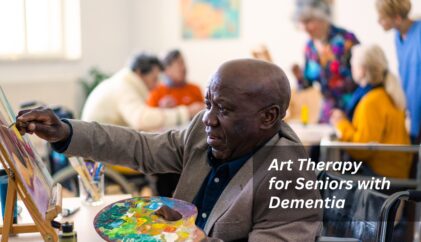
As therapy provider's, it’s important to build cultural competence in order to know how to best treat members of this community in an affirming, trauma informed, and sensitive way.
LGBTQIA Mental Health Awareness
LGBTQIA Pride Month is celebrated each year in June to honor the 1969 Stonewall riots which marked the beginning of the LGBT movement to outlaw discriminatory laws and practices against LGBTQIA American (youth.gov). As therapy providers, it’s important to build cultural competence in order to know how to best treat members of this community in an affirming, trauma informed, and sensitive way. When working with members of this community, it’s important that providers educate themselves on cultural competence of the LGBTQIA+ community, the challenges members of this community may face due to societal/systemic oppressions, intersectionality issues such as race, socioeconomic status, and/or heterosexism, stigmatization, and how these potential LGBTQIA+ experiences can impact the individual’s mental health.
Challenges
LGB, transgender, and non-binary individuals are disproportionately more likely to have a mental health condition compared to heterosexual, cisgender people. Systematic oppression, societal stigmatization, homophobia, heterosexism, transphobia, bullying, social rejection, family rejection, discrimination such as loss of employment, prejudice, denial of civil and human rights, harassment, and hate crimes such as assault can cause traumatic experiences and identity based shame which may lead to and exacerbates mental health conditions for an LGBTQIA individual. Regarding youth, according to The Trevor Project, that “LGBTQ youth are not inherently prone to suicide risk because of their sexual orientation or gender identity but rather placed at higher risk because of how they are mistreated and stigmatized in society.” And when the above - mentioned LGBTQIA challenges intersect with race, heterosexism, and/or socioeconomic status, it can further compound these experiences which can lead to even worsened mental health symptoms.
Risk Factors
Access to Health Care:
LGBTQIA individuals may face a lack of cultural competency from potential providers. This creates fear of disclosure. Intentional or unintentional Microaggressions (e.g. intake forms only listing the binary male and female gender selections, the provider using the transgender or non-binary person’s dead name instead of their new name that better aligns with their identity, or the provider or other office staff using the person’s incorrect pronouns, etc.) can also deter members of the LGBTQIA community to seek or continue their treatment. These microaggressions and lack of cultural competence, may continue the trauma cycle for these individuals who may have already experienced abuse, mistreatment, and discrimination. Lack of access to supportive and affirming health care creates barriers to the person’s medical and mental health care and their treatment outcomes.
Substance Use:
Substance misuse, abuse, and substance use disorders are “an estimated 20 to 30% of the LGBTQ community, compared to about 9% the population as a whole.” (Addiction Center). This is most likely due to the considerations listed above, its impact on mental health, and the barriers to affirming health care.
Homelessness:
People who belong to this community are more vulnerable to some form of homelessness compared to the general population. According to the organization LGBTQ+ Youth Homelessness, research has shown that LGBTQ+ teens “have a 120% higher risk of some form of homelessness” and “disproportionately experience homelessness compared to their straight and cisgender peers.” In most instances, this is due to family and social rejection.
Suicide:
LGBTQIA individuals are more vulnerable to depression and suicidal ideation than heterosexual and cisgender people. In terms of youth, based on The Trevor Project’s research, the organization estimates that more than 1.8 million LGBTQ youth (13-24) seriously consider suicide each year in the U.S. - and at least one attempts suicide every 45 seconds.”
Therapy providers are responsible for creating a safe space for everyone. The best thing providers can do is learn and practice. It’s important to put aside the ego and be okay with not knowing everything and being willing to learn, listen, work to understand another’s experience, keep privileges in check, empathize, and begin to practice small steps to affirming care for LGBTQIA identifying clients.
Ways to Practice LGBTQIA+ Affirming Care
- Ask your organization to customize intake forms.
- Ask the person what pronouns they identify with.
- Ask what name they prefer to be called.
For even more ideas, below is a pdf guide, “Creating an LGBTQIA Affirming Clinic.” https://hhinternet.blob.core.windows.net/uploads/2020/02/creating-an-lgbtq-affirming-clinic-resource-guide.pdf
LGBTQIA Affirming Continued Education (CEUs)
ce-classes.com/ceu-courses-for-lgbt/
LGBTQIA2S+ Professional Development (socialworkers.org)
A Complete Guide to Becoming an LGBTQ+ Affirming Therapist | PESI US
References:
“June Is LGBT Pride Month | Youth.gov.” Youth.gov, 2019, youth.gov/feature-article/june-lgbt-pride-month.
Kovalick, Carrie. “LGBTQ+ Youth Homelessness.” National Network for Youth, nn4youth.org/lgbtq-homeless-youth/.
“LGBTQ and Addiction - Addiction in LGBTQ Community - Addiction Center.” AddictionCenter, 2017, www.addictioncenter.com/addiction/lgbtq/.
National Alliance on Mental Illness. “Diverse Communities | NAMI: National Alliance on Mental Illness.” Nami.org, 2013, www.nami.org/Your-Journey/Identity-and-Cultural-Dimensions/LGBTQI.
The Trevor Project. “Facts about LGBTQ Youth Suicide.” The Trevor Project, 15 Dec. 2021, www.thetrevorproject.org/resources/article/facts-about-lgbtq-youth-suicide/.



